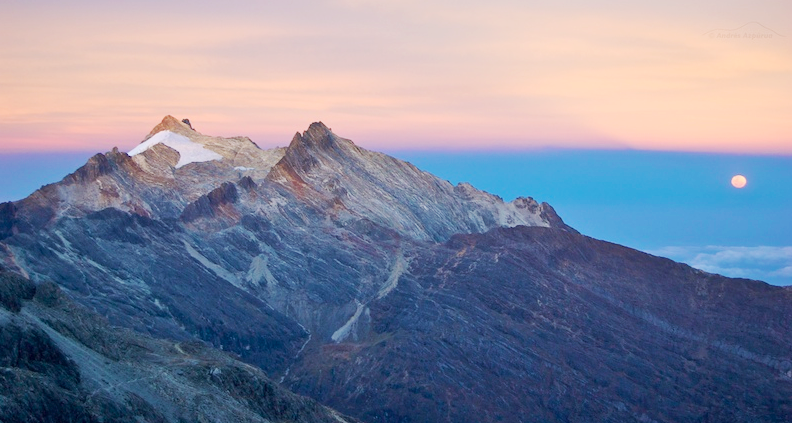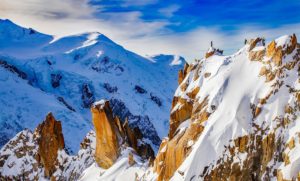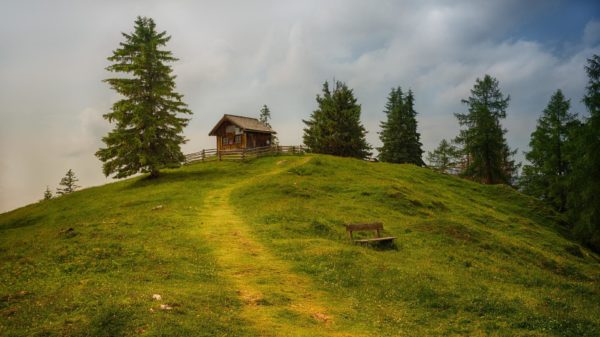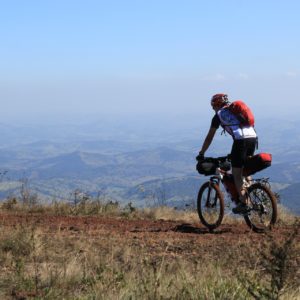For people who love the mountains this should be a time of snow and blue skies, of hikes, breathtaking climbs and exciting descents.
Especially for mountain lovers we offer a series of stories and legends related to our beloved glaciers.
The first is suggested by Il Fatto Quotidiano, and is the story of Alejandra Melfo. A physicist at the University of the Andes of Mérida, Alejandra belongs to a research team documenting the disappearance of the Pico Humboldt glacier, in the Sierra Nevada National Park, which is now reduced to 3 hectares. A research study that has been persevered with despite the economic and political crisis: electricity functions only erratically and blackouts can last for weeks, while petrol for vehicles is in short supply. “Climate change is for real, we’ve got to document it. We’ve got to stay”.
They called it the city of the eternal snow. Mérida, overlooking the Andes mountain chain, now guards over what little remains of the last glacier in Venezuela. The peaks of snowy mountains used to define the landscape, it was the only city in the whole country with a view of the snow. “Our houses used to face a white screen, the glaciers that were an integral part of our history and culture”, says Alejandra Melfo, a physicist at the University of the Andes in Mérida. “But now there’s only one glacier left in Venezuela, and that glacier is dying rapidly. It’ll be a matter of years, not decades”.
Venezuela’s last glacier is the Pico Humboldt, in the Sierra Nevada National Park. The climate crisis has steadily accelerated its melting process over the past decade. Alejandra Melfo belongs to a research team at the University of the Andes led by ecologist Luís Daniel Llambí, and is documenting the disappearance of Venezuela’s last glacier, gathering data that would have been lost and recording how the ecosystem is adapting.
“It takes two days to walk from the city of Mérida to the base camp and three more hours to reach the foot of the glacier, located at 4800 meters – says Melfo – Walking at this altitude is difficult, the path is unmarked and in some places you have to climb up the rocks with the help of ropes. It’s very cold and the last time we were there we ended up in the middle of a blizzard”.
The research study is continuing despite the economic and political crisis that Venezuela is suffering. The physicist Melfo and her colleagues often work in the dark by candlelight; electricity is erratic and blackoutscan last for weeks, while petrol for vehicles is in short supply. The Faculty of Sciences at the University of the Andes has no paper, no electricity and no water, the Internet connection and fax machine do not work and the generators to power the refrigerators are out of order.
Many researchers at the University of the Andes have already left the country. “Every week I get asked why I don’t go, why I keep talking about ecology in the middle of a political crisis – explains Melfo – The last glacier is dying. It’s something that can’t wait. “Climate change is for real, we’ve got to document it. We’ve got to stay. It’s absolutely tragic, very sad, but also a unique chance to learn”. To continue with their expeditions they have received funding from the National Geographic Society that will enable them to carry on for a while, but they are worried about the future of the research.
The next expedition will begin in December to check the condition of the glacier. It had been expected to melt about ten years ago. It was able to hold out due to its position on the mountain, protected by an inlet, although by now it covers an area of only about 3 hectares, at the margins of what is considered a glacier.
The disappearance of glaciers is continuing globally at an increasingly rapid pace. Between 1961 and 2016nearly 10 billion tonnes of perennial snow were lost from glaciers worldwide with an acceleration of this rate of loss in the past few years, according to research by United Space in Europe (ESA) published in the journal Nature. After Greenland and theAntarctic it is the glaciers of Latin America, mainly those in Patagonia, that are most contributing to the rise in sea levels, and here they are also more at risk from pressure by mining lobbies as is the case in Chile.
It has become of vital importance to understand what happens after the death of a glacier, to see how the ecosystem adapts. “We’re studying the areas where glaciers have already disappeared to understand the speed of change. When the glacier has gone we see the return of flora, lichens, bacteria and mosses that combine to create new soil, and also the arrival of animals and pollinating insects, “says Melfo. The Venezuelan team is doing pioneering research in this field, analysing one of the most richly biodiverse places in the world.
“We can’t save the glaciers, the only solution is to keep human climate changing activity under control, protecting the very fragile adjacent areas”, adds the researcher. “Glaciers show us that something as huge as a mountain can disappear and this gives us a lesson, an opportunity to understand that the planet is changing, that we are responsible, whether the last glacier in Venezuela can be saved or not – she concludes. The death of the glaciers is a massive warning to us to shoulder our responsibilities”.
Special Thanks to Monica Pelliccia.








